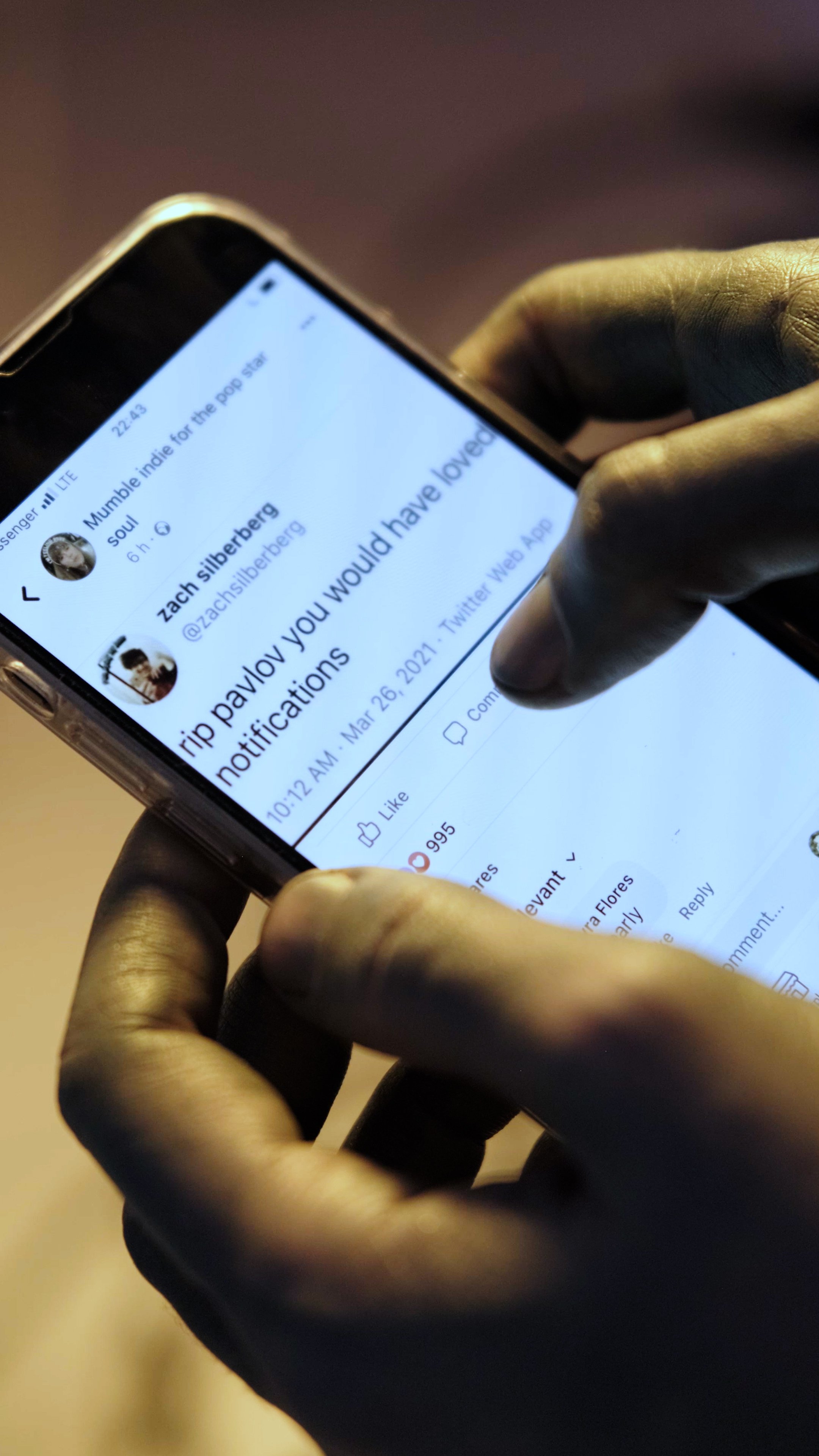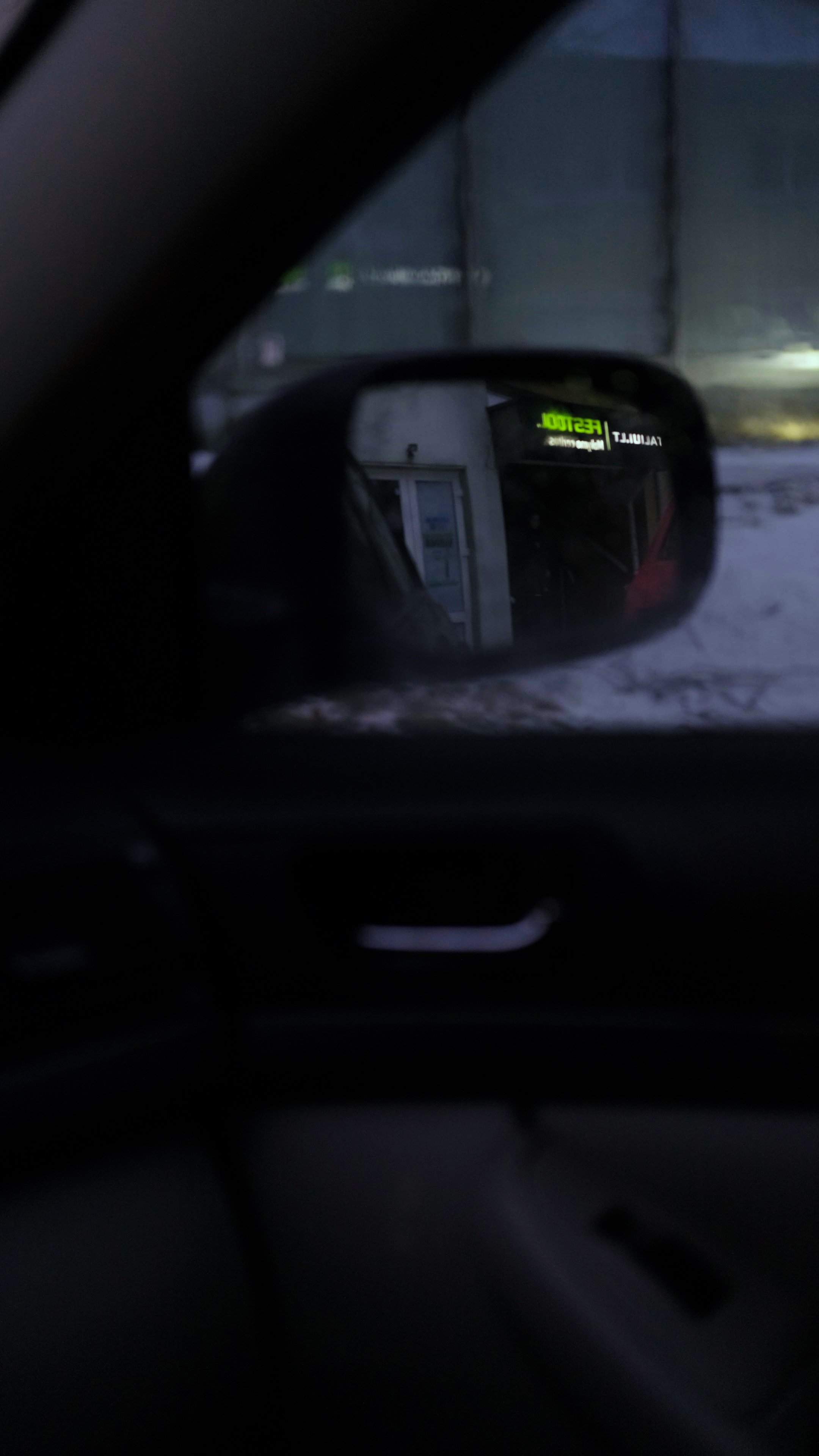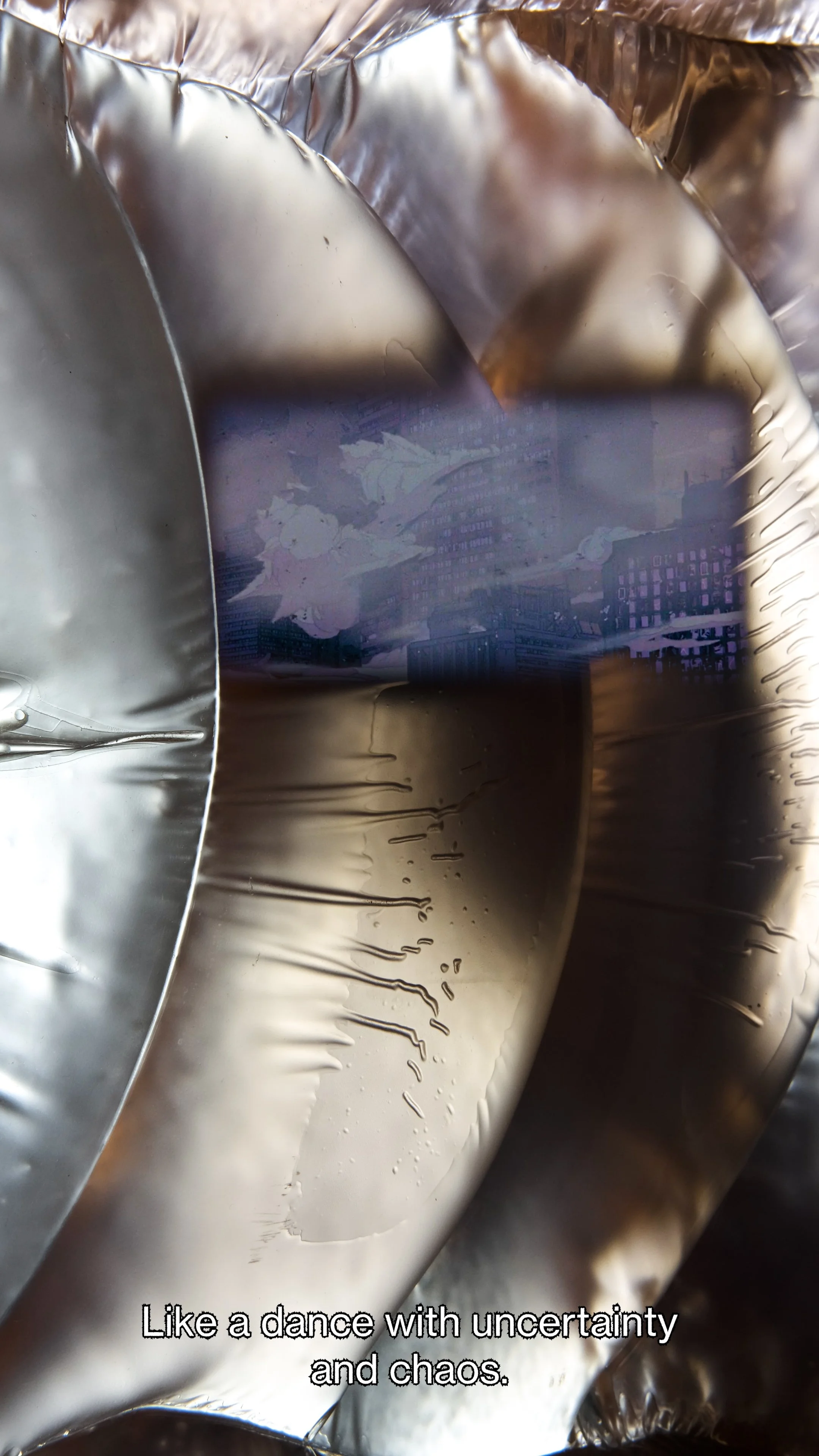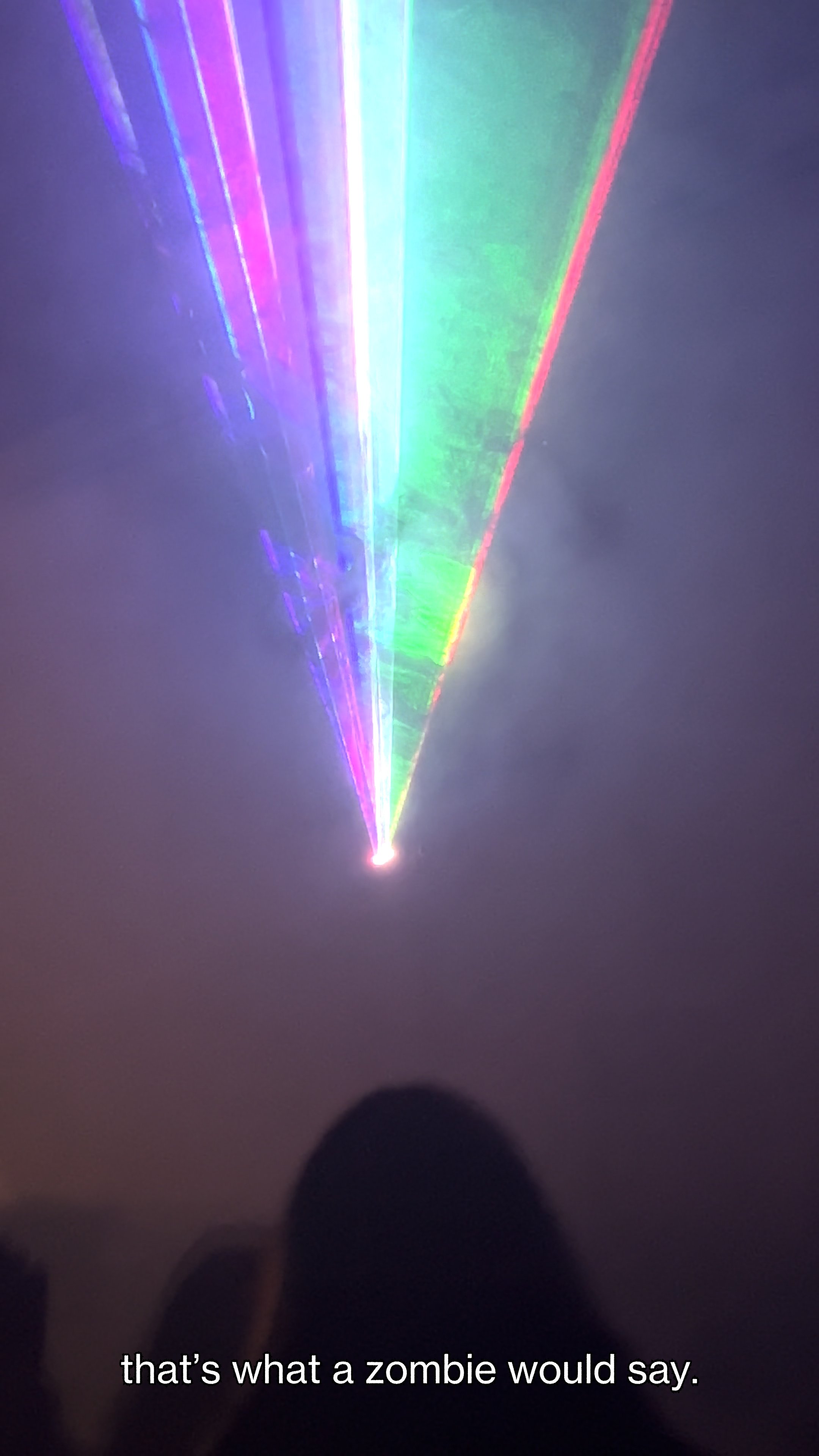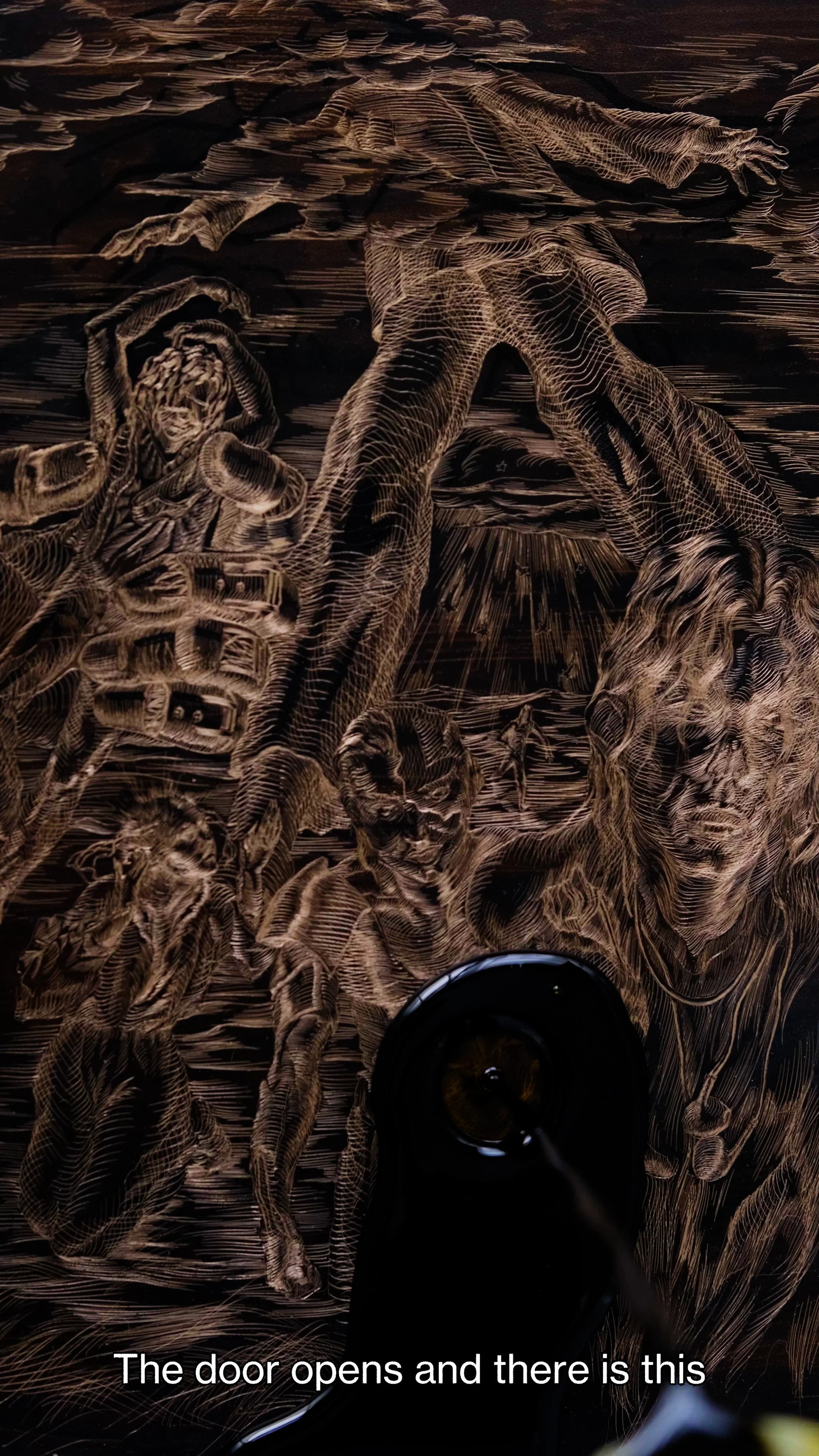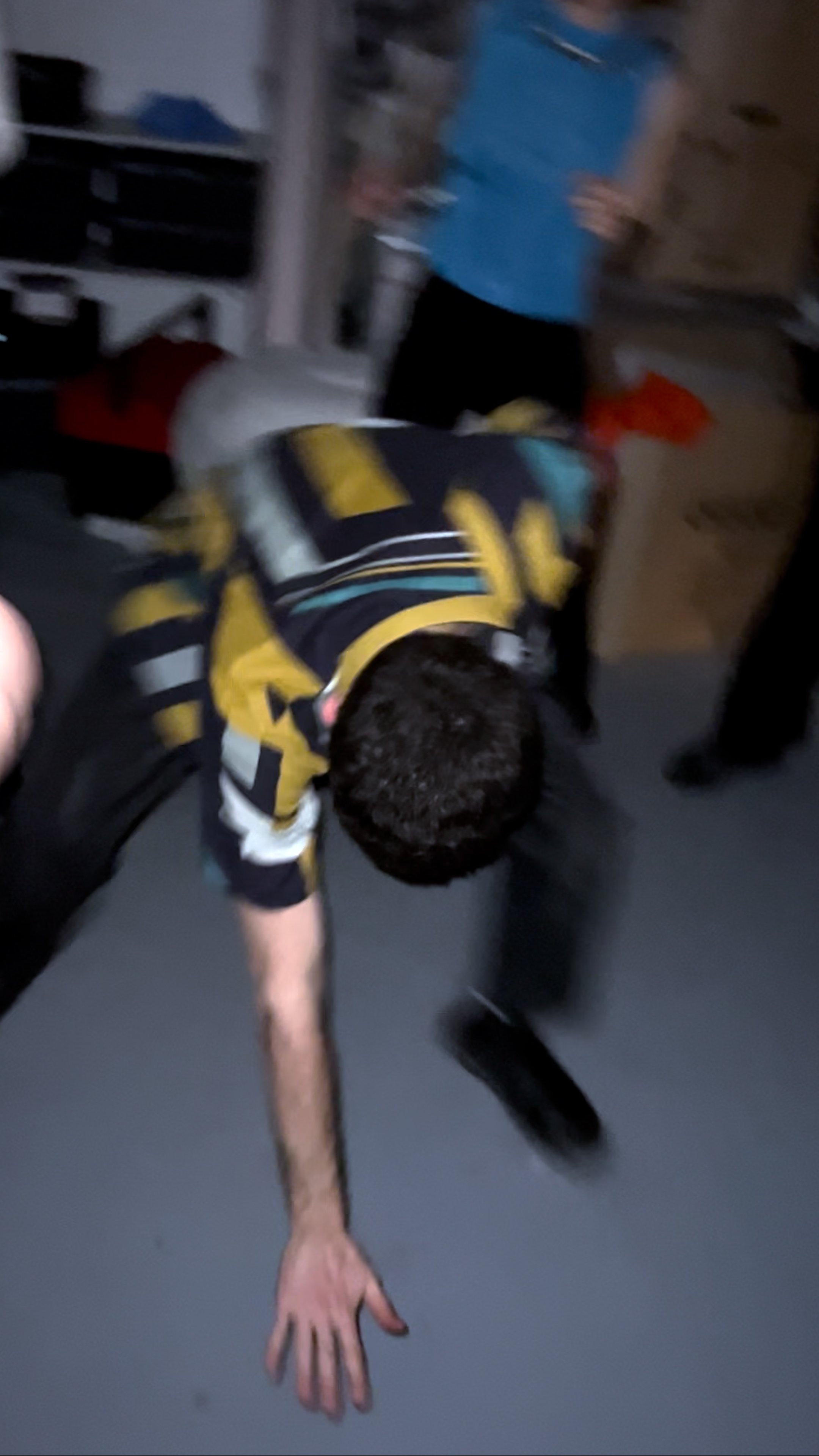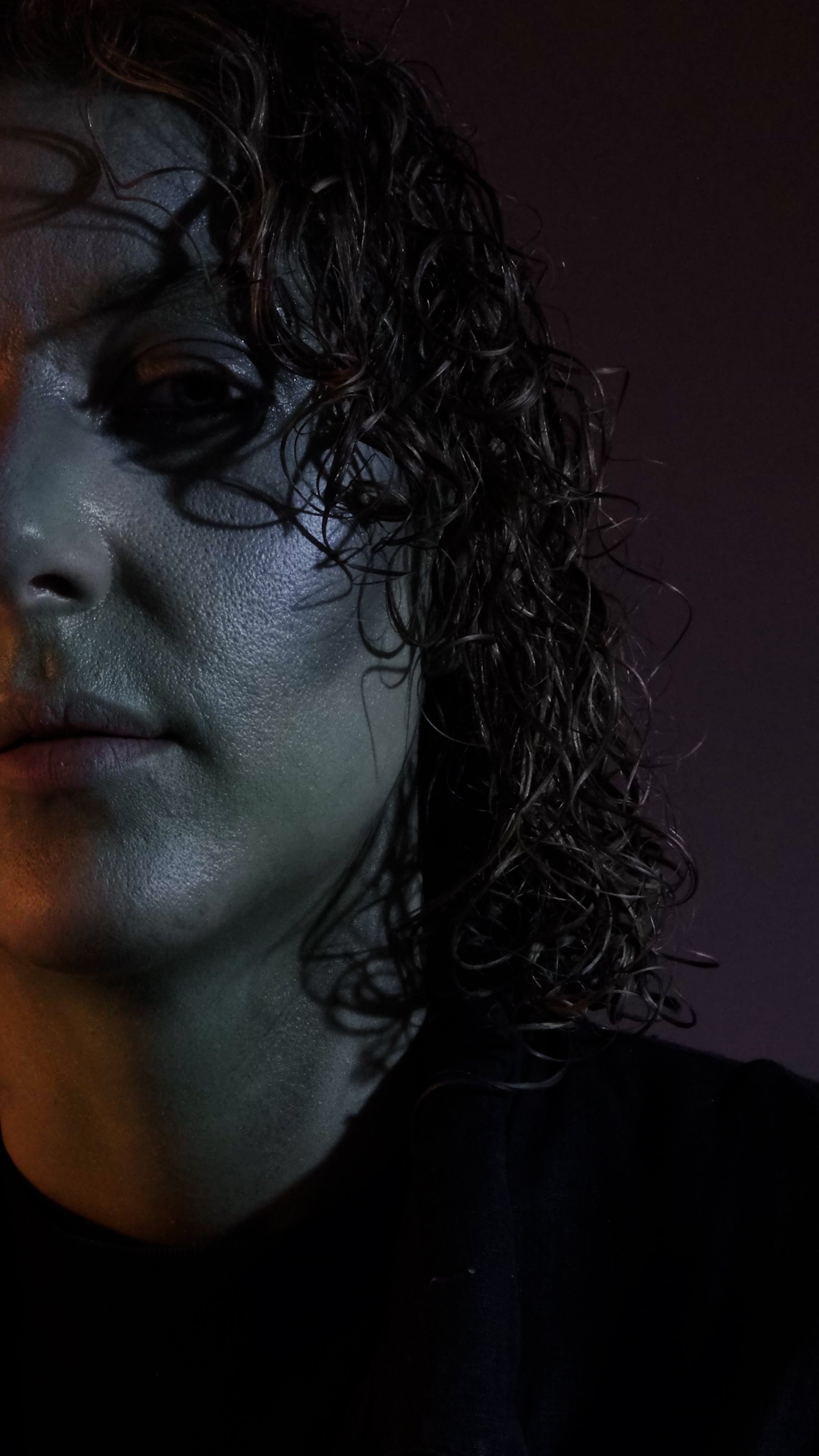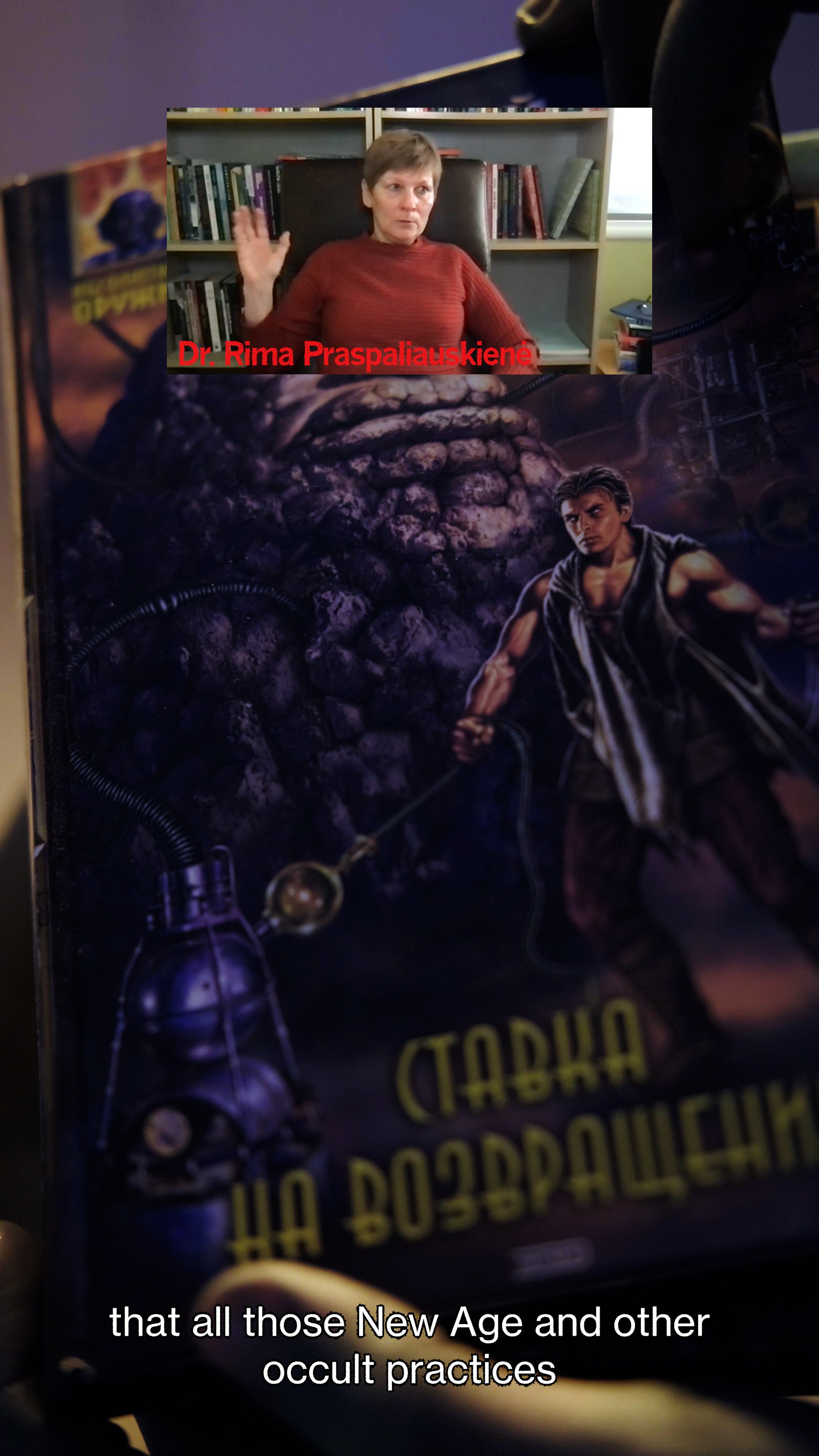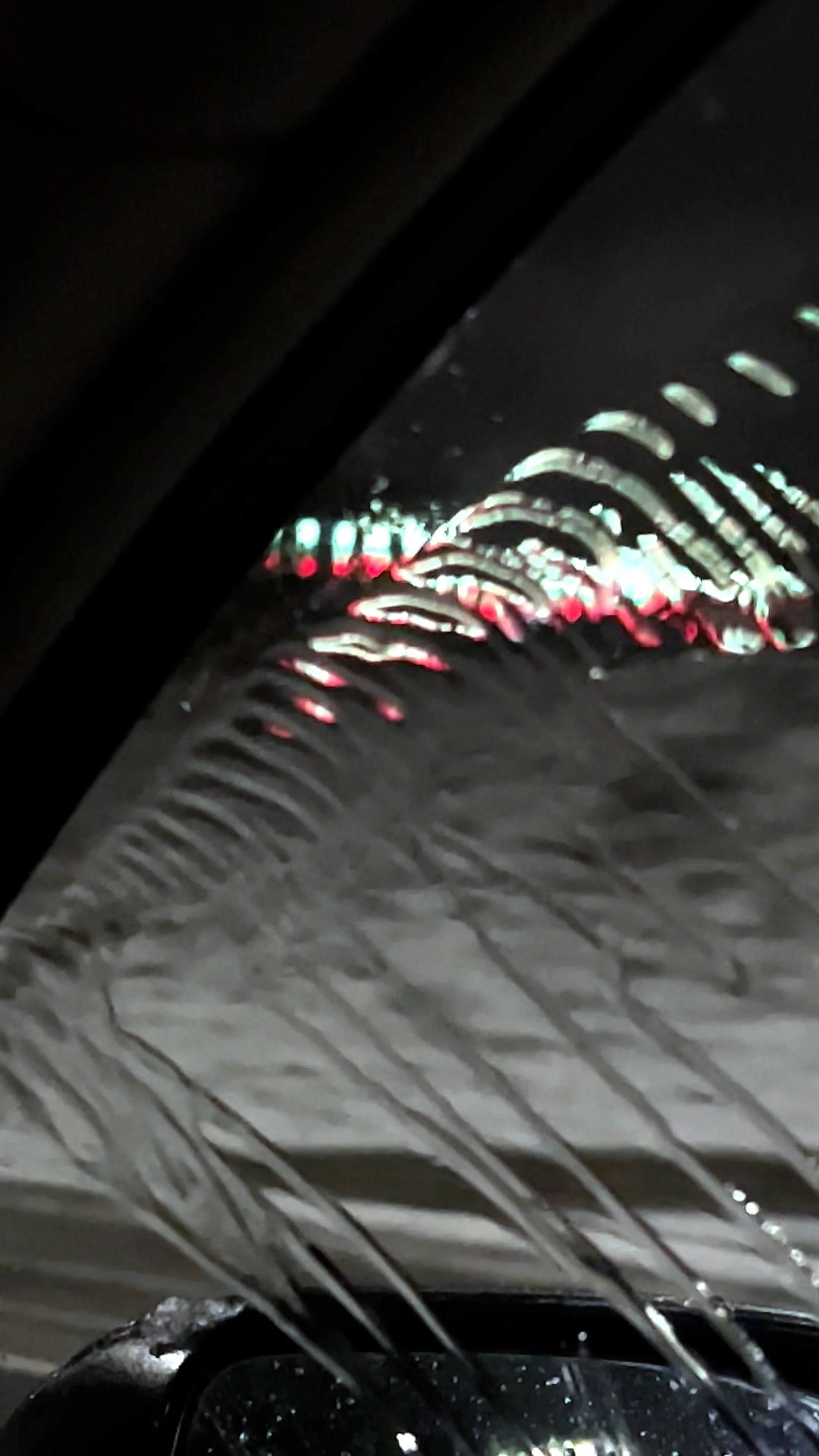CODERS HD video, sound, 16’30”, 2022
as part of a solo show ‘Ghost Ship’, Arsenal Gallery, Bialystok
2024
Curatorial text: Post Brothers
Click on the image or press <— / —>
The video Coders, a genre-bending compilation of autoethnography, documentary interviews, and found footage, examines the practice of ‘coding’, an addiction treatment that developed in the late Soviet period, which is now a largely discredited form of alternative therapy still practiced in post-soviet communities. Through interviews with researchers, this therapeutic method is examined as imagining the body as a mechanistic system that can be reprogrammed and manipulated to be averse to certain substances and stimuli, part of a larger of trend where cybernetics has been used to control and govern both the individual body and the body politics. Sosunova implicates herself in this story by undergoing this therapy to quit smoking, entering this treatment with ambivalence, curiosity, and hope. Indeed, like other forms of unconventional medical quackery that have been integrated into contemporary liberal wellness cultures, it is precisely her ‘faith’ that gives this method its power, it is a shared agreement between the therapist and patient, a ‘code’ built through a set of procedures, rituals, rites of passage, and markers of authority akin to any other treatment. No matter how erroneous it may seem, the persistence of ‘coding’ demonstrates the desire for those experiencing pain, sickness, or dependency to find a panacea that will cure them, abdicating control and responsibility to a higher power or discovering a ‘hack’. By deciphering the biotechnological systems with which we operate, such practices provide a sense of self-fulfillment, control, and change in a time where the given knowledges and solutions no longer feel sufficient.
The text has been adapted from Post Brothers original curatorial text ‘Ghost Shipping’ written for the exhibition ‘Ghost Ship’ (Arsenal Gallery, Bialystok PL).
Photos: Tytus Szabelski-Różniak

